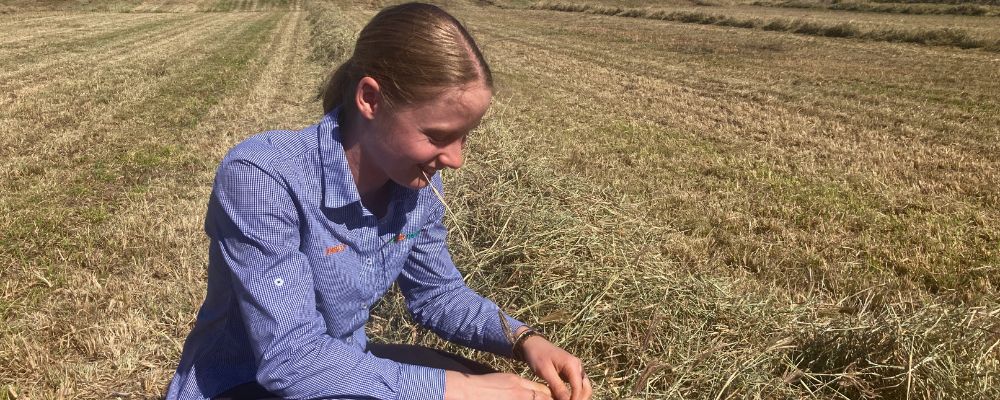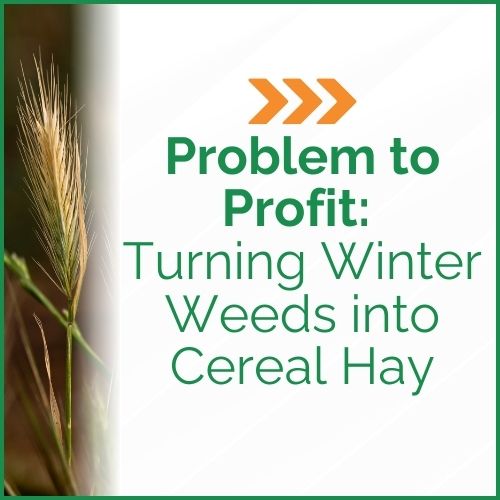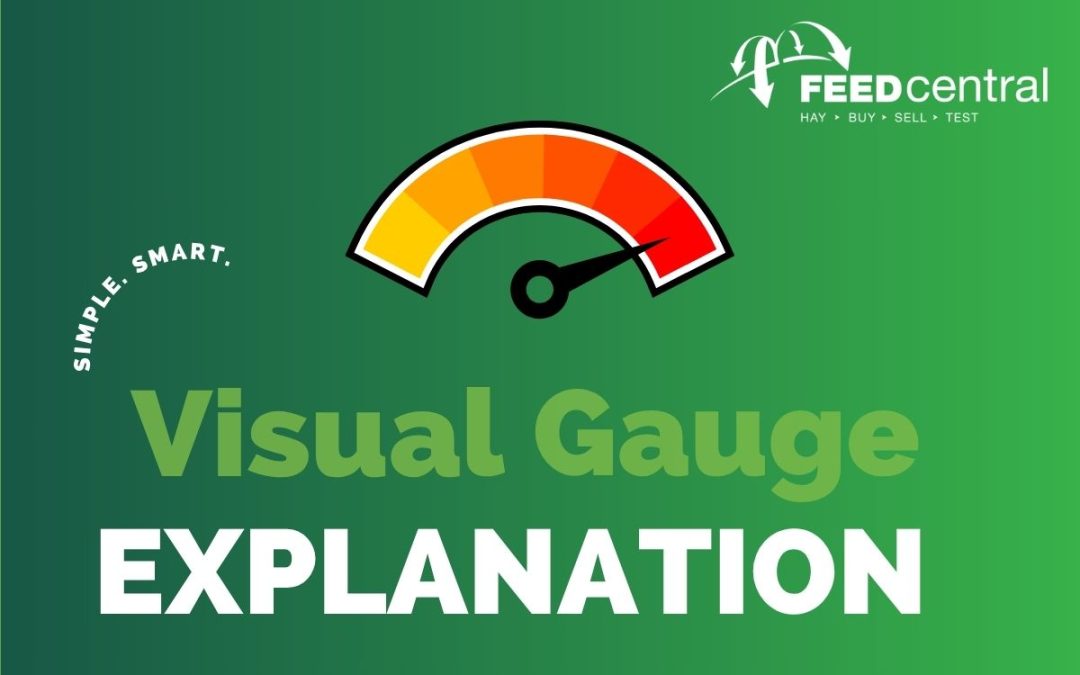Photo: Checking moistures in the paddock. Producing quality, dry hay can sometimes be challenging for hay producers. This can lead growers to consider using inoculants and hay preservatives. While these additives have their role in the hay production system, it is...



